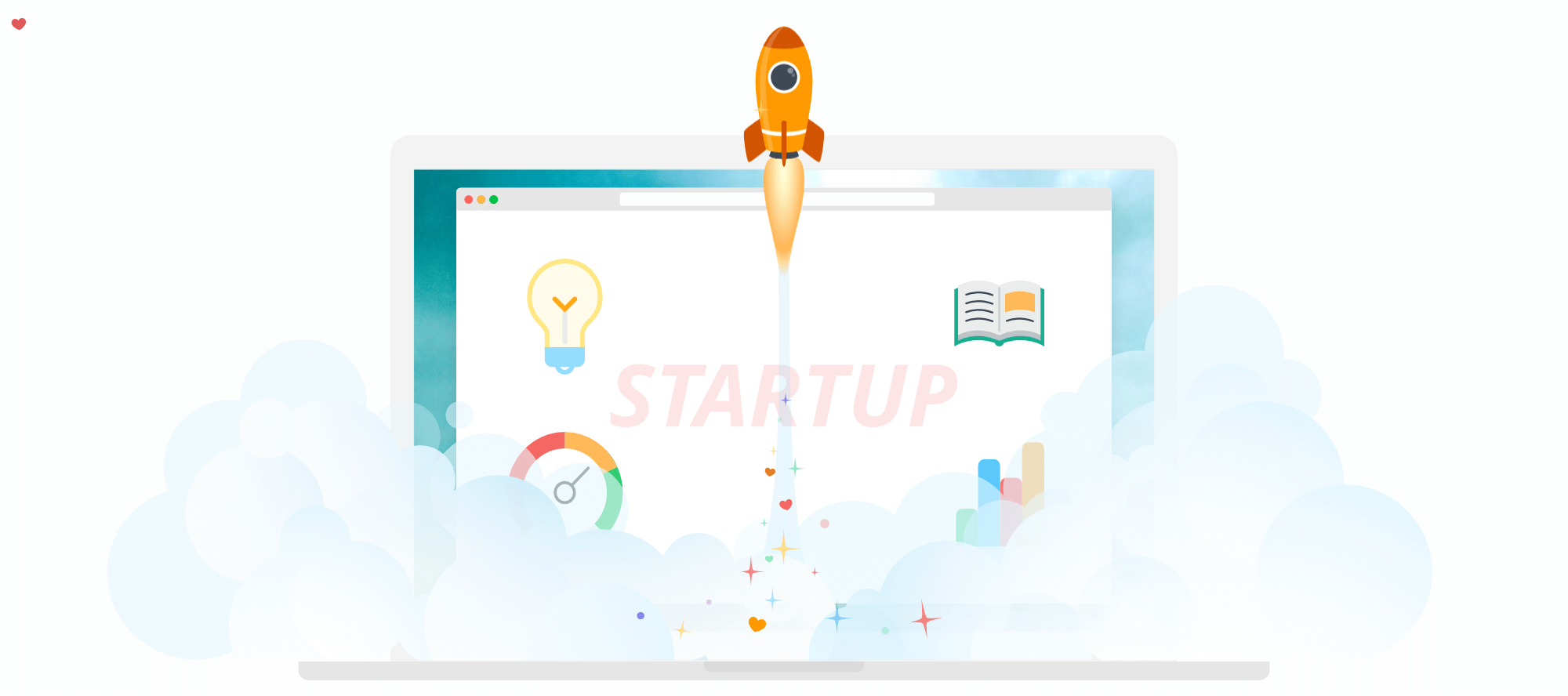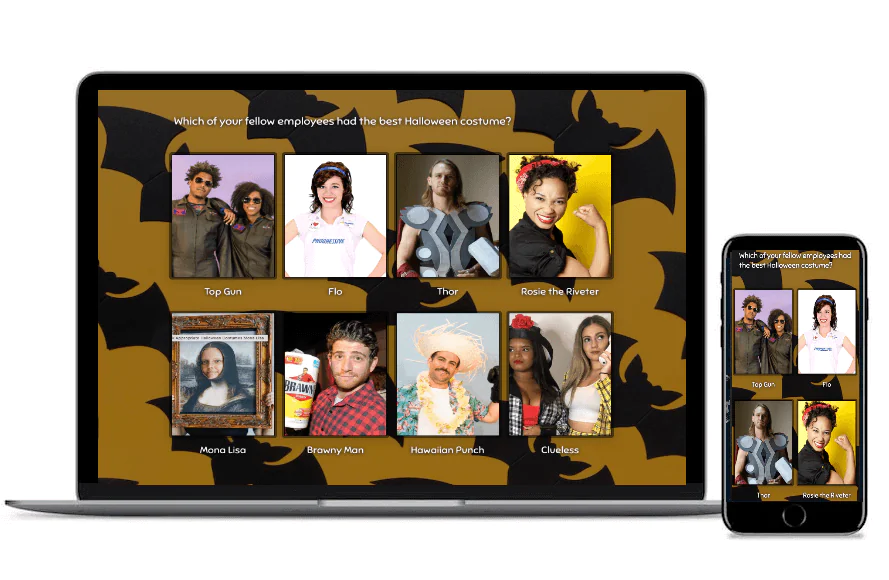Create surveys, forms, and polls for FREE now!
If you’re developing a fresh startup, you know that you need a cheap, quick & easy tool that helps you get feedback from your potential or current customers and or users. We’re talking about “surveys” ;)
Why many startups die
The success of a new startup depends on many things of course, but often hinges on the coexistence of a set of variables: the right product with the right features for the right audience in the right market. If you’re even a little bit off in your planning, you can end up wasting time and resources, and potentially put your company in a very difficult situation.
Many founders of new startups are so optimistic that they already understand how to design a winning product. They are excited to get to market ASAP, therefore, without studying their customers and their needs, they plunge straight into production. This is one of the common issue for ambitious but unexperienced entrepreneurs who base their designs on guesses and their own personal opinions. Then they put themselves in financial turmoil due to over-investing in products and features that weren’t relevant to their customers, and often that’ll be the sad ending of driving a startup story.
Just ask
However, the solution is far simpler than what we often think: just stop playing the product design lottery and start collecting the insights needed to make awesome products. In other words, do research and as a handy tool, use surveys.
Customer research is something that suits every role within a startup. It doesn’t matter if we’re designers or directors or developers. If we’re lifting up a startup on our shoulders, we better be taking decisions based on data, and be informed and confident.
Types of research
There are two types of research which help startups learn about their customers, “qualitative” and “quantitative”. Each of these focuses of certain things and provides certain type of insight. But they definitely must be done simultaneously to have a meaningful analysis.
- Quantitative: qualitative research provides data about concepts that can be measured, such as behavioral patterns of users, how they rank a set of choices, how much they’d pay for a service, etc..
- Qualitative: qualitative research gives you information about qualities of a product or an experience. This information might not be necessarily possible to measure with numbers and draw diagrams for, but it will be crucial for development of a startup idea. For instance, how it feels to use this new prototype, or how do a user describes their experience with other competitive products.
Fo example, some years ago, the user research team of MailChimp noticed that many of their users have connected their Facebook accounts with their MailChimp accounts (Quantitative data). For an unexperienced team this data might have meant that MailChimp must invest on features that make their integration with Facebook richer. However, they did some qualitative research and interviewed their users, which pretty much told them they just connected their Facebook accounts because it seemed that this is something they must do, given Facebook’s popularity. However, they never did anything meaningful with this integration. For the company, this qualitative information of course meant that they better invest their resources on something that users really need, not something that pure numbers indicate.
But we’ve already started developing our startup
Maybe you didn’t do the research before picking up the challenge. But it’s never too late! Now you have the benefit of having some actual users who found your product interesting for some reason. Their curiosity have brought them in, and all you need to to is not to let them go before getting to know what they really wanted. This may transform your business entirely, or just assure you that you’re on the right path and need a few tweaks.
A good idea is to make automated surveys, and embed them into different areas of your customer journey. For example:
- After on-boarding: try to understand why a customer or a user signs up for your product or service. Are they switching from another competitor to you? What is their motivation? What can make them stay or come back? Are they likely to recommend you to a friend or colleague, and why?
- After off-boarding: find out why they are leaving. Did they just want to try? Have they found a better competitor? What could you do better so that they could stay?
The art of making surveys
It can be quite tricky to ask your questions in the right way. We often see startup surveys that have easy-to-fix mistakes. If these common and simple problems get fixed, the data they collect will become gold! For example, some survey creators ask misleading questions, they do improper sampling, and may use skewed rating scales. That’s a pity, because they could be gathering some quality data by minor tweaks, and make far better decisions if they just paid a bit more attention to survey design.
We have plenty of articles to learn about survey design and creation and best practices of conducting research. But if you’re at a startup, with not so much time to read through a ton of articles. Here are some survey templates that you could use.
Good luck with your journey, ?
We’re happy that we’re a part of it too :D




